How to add a printer in Windows 10
Adding a printer to your Windows 10 laptop or desktop is user-friendly these days and requires little technical knowledge. You can add a printer via USB, your wireless network, or Bluetooth. Here’s how to add a printer in Windows 10, depending on how you want to use the connection.
How to add a printer in Windows 10 via Wi-Fi
If your network printer is not automatically detected by Windows, you must install it manually. This includes going to your printer menu, configuring the TCP / IP port, and installing the drivers. Follow these steps to add a network printer in Windows 10.
- Open the Windows Start menu. This button is in the lower left corner of your screen that looks like the Windows logo.
- Then click on Settings. This is the icon icon at the top of the power button in the Start menu.

- Then click on Devices.

- Next, select Printers and Scanners. You can find this in the left pane.
- Then click Add Printer.

- Click “The printer I want is not on the list.” After selecting this, the “Add Printer” screen will appear.

- Select “Add local printer or network printer with manual settings” and click Next.

- Click “Create New Port” and select the TCP / IP standard from the drop-down box.

- Enter the IP address of your printer and click Next. At this point, your computer is trying to determine the TCP / IP port. This may take some time.
- Select the appropriate device type. In the drop-down menu, select the type of standard device that best suits your brand of printer. For example, if you have a Canon printer, choose either a Canon Network Printer or a Canon Network Printing Device. Windows then identifies the driver model. You will see that when it detects the driver, your printer will be added to the list of devices in the Printer and Scanners menu.
- Install the print driver. Select your printer manufacturer in the left column and your printer model driver in the right column. Click Next.
- Select “Use the currently installed driver (recommended)” and click Next.
- Adjust the optional settings. Enter a name for the printer, if desired. Otherwise, click Next. In the next window, you can also configure the printer sharing if you wish. When done, click Next.
- Print the test page. You will receive a message that you have successfully installed the printer. From here, you can print a test page or click the Finish button.
How to add a printer via USB in Windows 10
Note: Before installing your printer, make sure that it is connected to the power supply and that your computer is connected to the internet so that you can download the necessary drivers.
- Connect your printer and computer with a USB cable. Connect one end of your printer’s USB cable to the USB port on your computer.
- Follow the screen installation steps. Windows will automatically identify your printer and follow the steps to install the printer driver.
- Check if your printer is installed successfully. To do this, click the “Start” button, which is similar to the Windows logo in the lower left corner of your screen. Then go to Settings> Devices> Printers and Scanners. Alternatively, you can do this under the control panel. Just go to Hardware & Sound> Devices & Printers.
If you have configured it properly, you should see the printer in the list of printers. You can then print a test page to confirm that the configuration is complete.
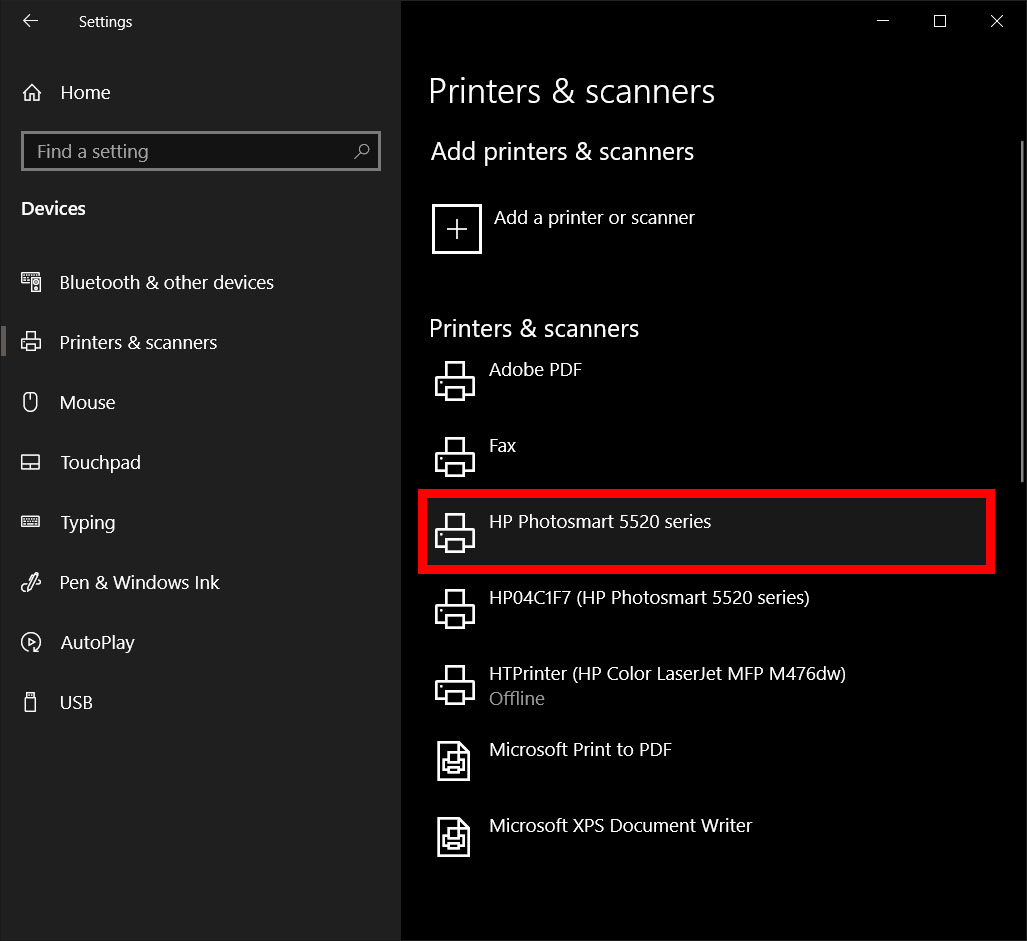
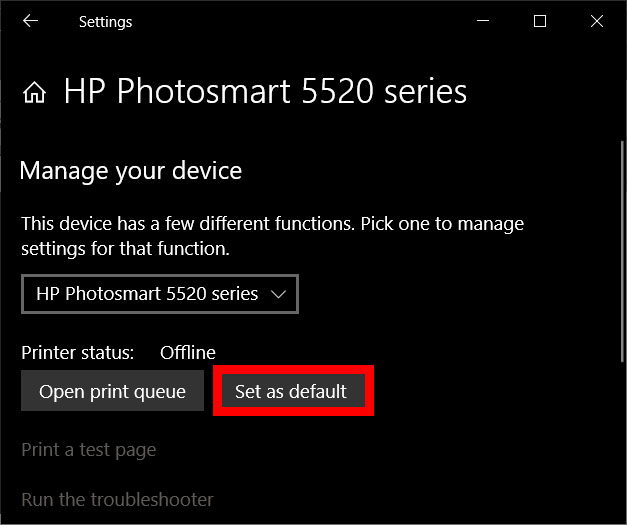
How to add a Bluetooth printer
Adding a Bluetooth printer requires you to pair the device like any other Bluetooth device. You should also check that the communication port or COM port that appears in Windows is identical to the port on the printer driver. Here’s how to connect your Bluetooth printer in Windows 10.
- Go to Start> Settings> Bluetooth and other devices. Make sure to switch the switch to Bluetooth.
- Click “Add Bluetooth or another device.”. ”

- Then select Bluetooth as the device type to add. Windows will show you a list of Bluetooth devices that have been detected. Select your Bluetooth printer from the list by clicking the Ready to Pair button.
- Pair your computer and printer. Some devices will be paired automatically if your printer does not require a PIN. Otherwise, enter the PIN of your Bluetooth printer on your computer when prompted. Click Connect. If your printer has a user display, you will also be asked to enter a printer PIN. Follow the on-screen instructions on both devices to confirm the connection.
- Check the COM port in the device manager. Go to Control Panel> Hardware and Sound> Devices and Printers. Right-click on the Bluetooth printer and select Properties. In the Services tab, you can see the COM port that the printer is using.
- Install the print driver with the appropriate COM port. Follow the on-screen instructions to install your print driver. In the Ports tab of the printer driver installation window, make sure that the port in the Windows Device Manager is the same as the one you installed with the printer driver. For example, if you have COM3 in the device manager, check the COM3 box during installation.
- Print the test page. Make sure your printer is connected via the test page printer.
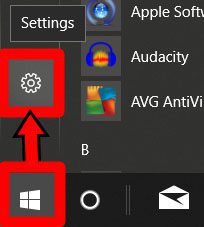
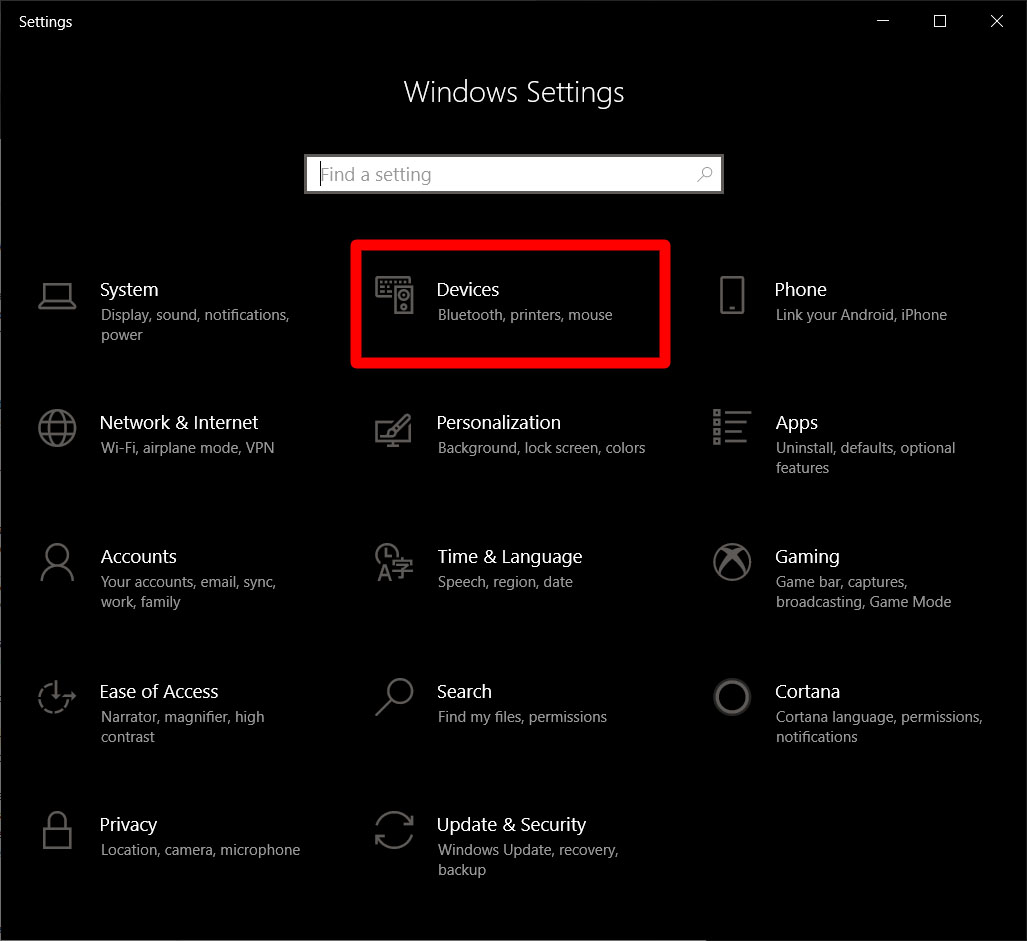
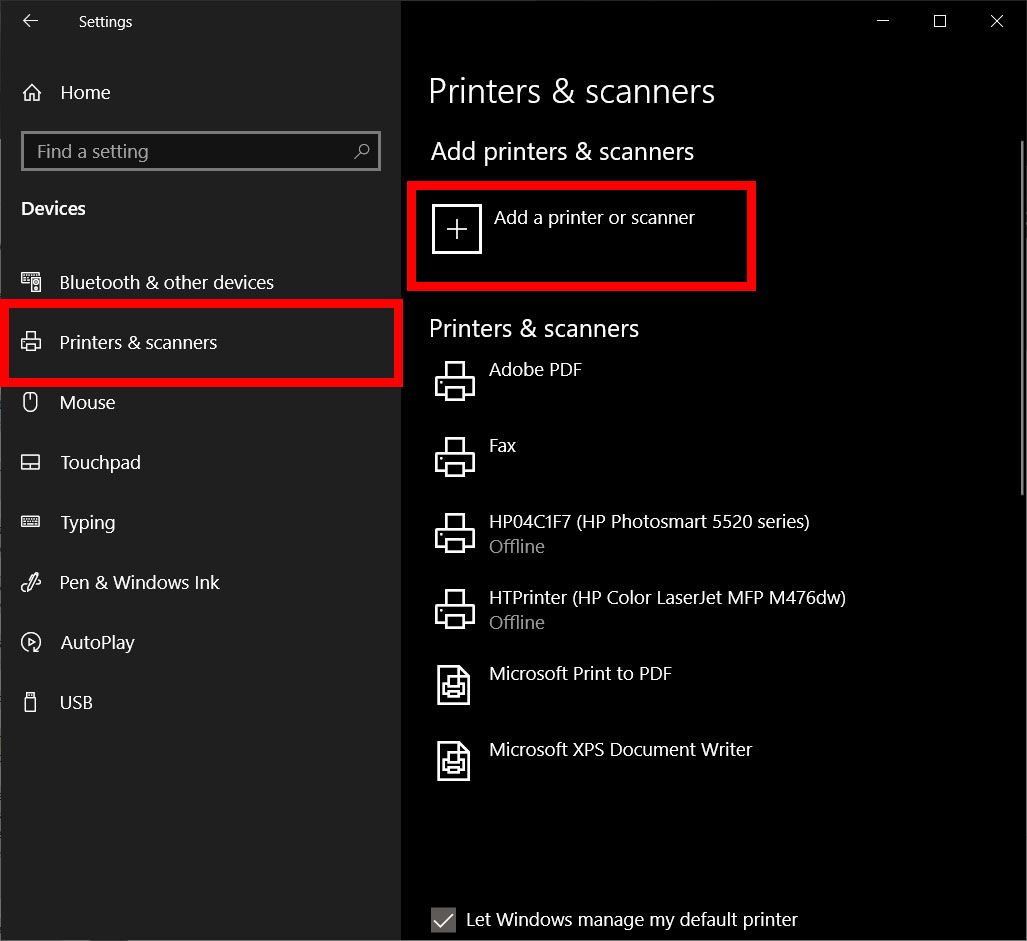
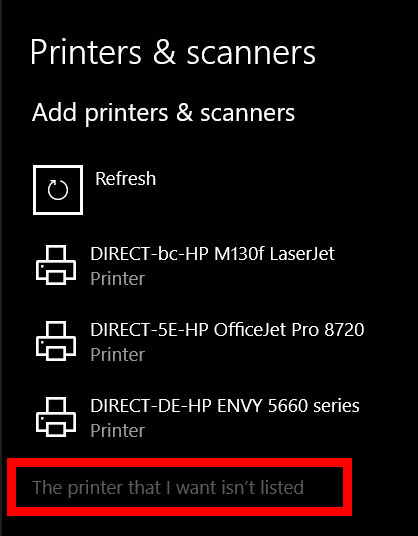
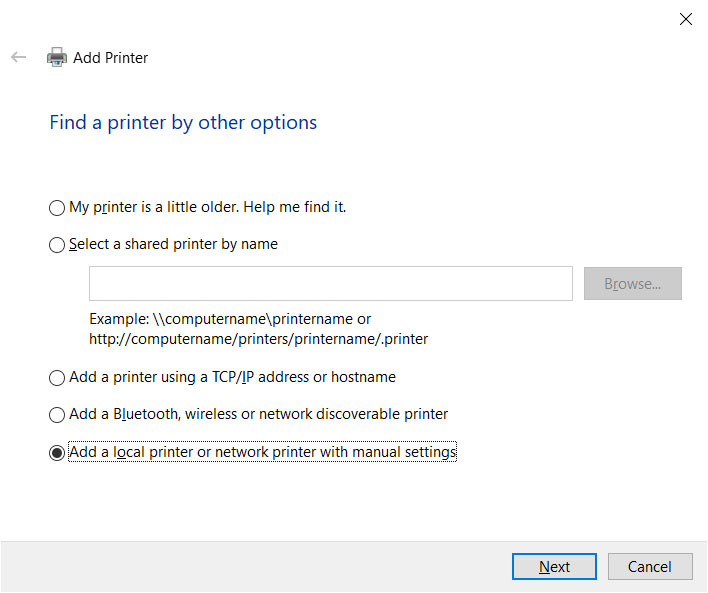
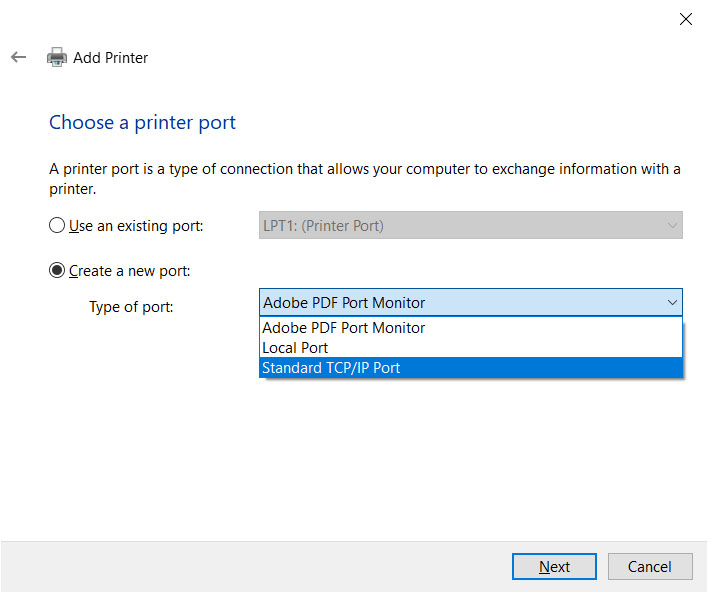

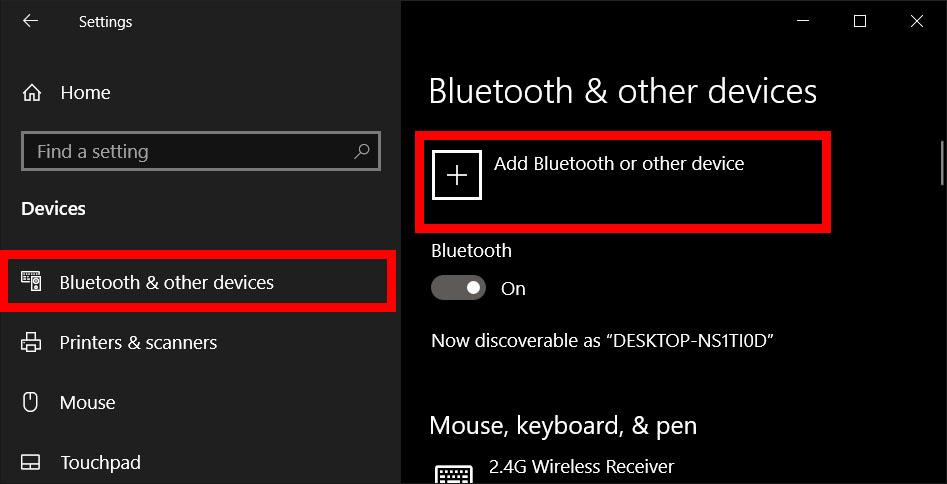

Comments